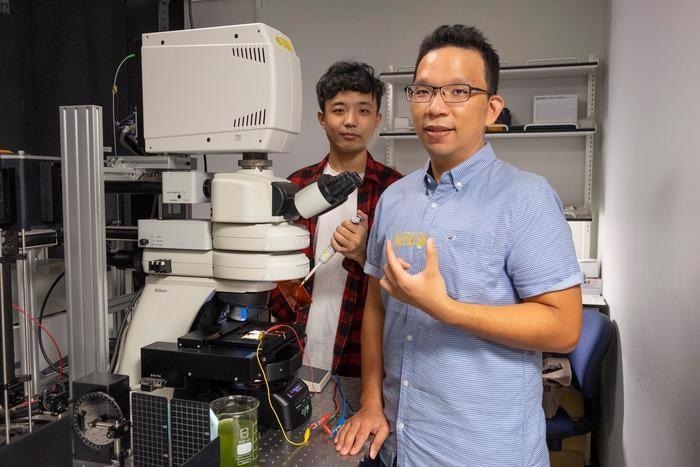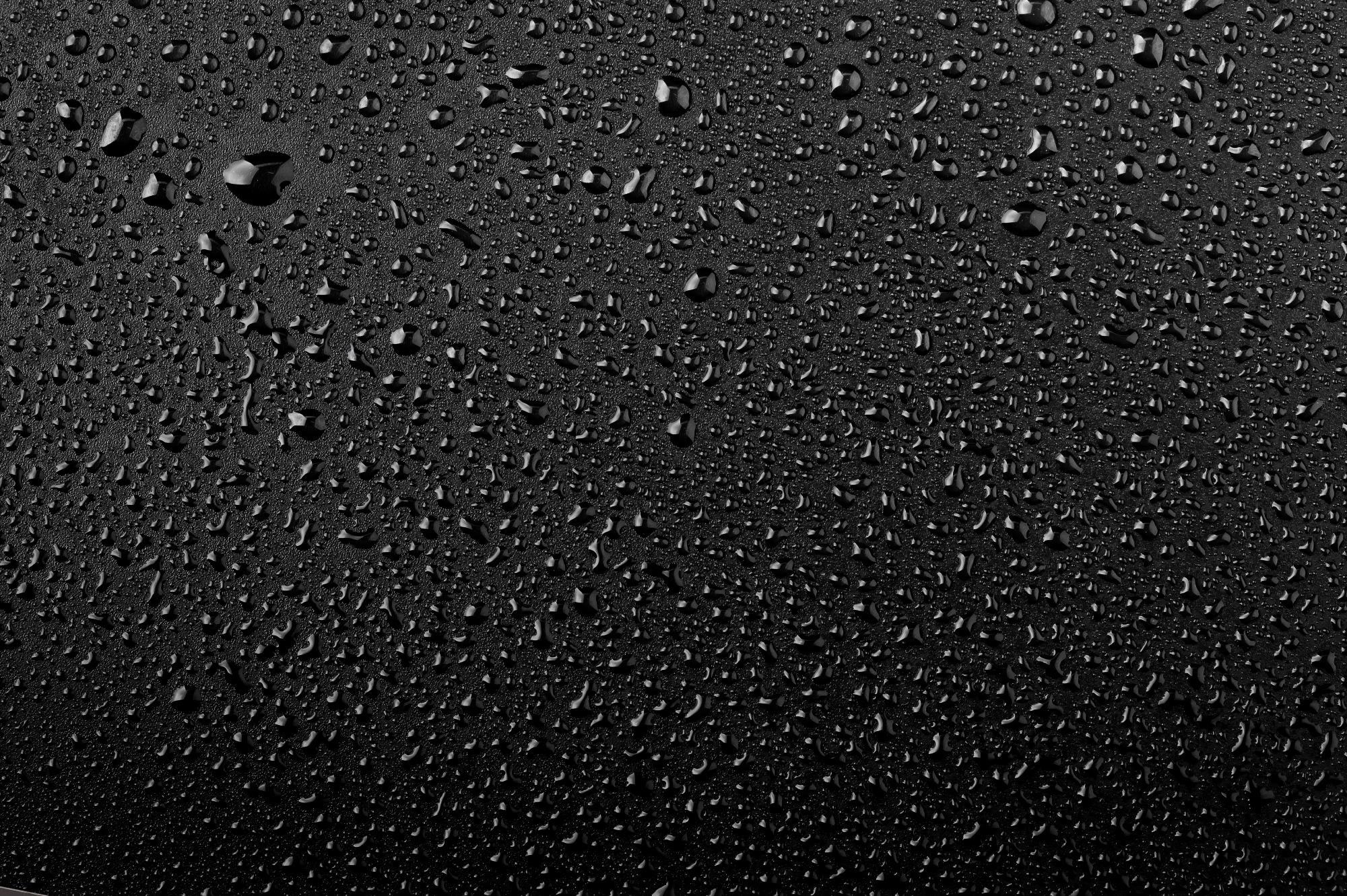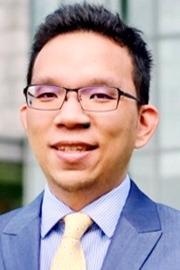AZoCleantech speaks with Prof. Yu-Cheng Chen from Nanyang Technological University about his research into developing a simple method for artificial photosynthesis that does not require complicated design for prototypes or precision material fabrication. This method has extraordinarily improved the light-harvesting and energy conversion characteristics of algae by nearly three times.
Converting energy from biological materials is still a challenging process. What was it that inspired your research into utilizing common algae to enhance the efficiency of artificial photosynthesis?
Over the years, there have been a plethora of technologies developed to boost the energy generated from biological materials (or organisms). Algae have always been attractive to scientists as they can grow, self-heal and are naturally abundant. Many algae are colorful and have strong fluorescent emissions. This inspired me to take advantage of such a resource. Sustainability is the most important motivation behind this challenging project.
Artificial photosynthesis aims to replicate the natural biological process by which plants convert sunlight into chemical energy. What would you say the overall goal of your research is?
Recent advances in artificial photosynthesis have grown rapidly. The overall goal of our research is to develop a simple method for artificial photosynthesis which does not require complicated design for prototypes or precision material fabrication.
State-of-art technologies require complicated design and perfectly fabricated devices, such as dedicated fuel cells.
Although their efficiency may be high, all of them rely on electron mediators and device fabrication. Therefore, the reproducibility of such devices is generally low and expensive.
Recently, our group discovered that tiny droplets from daily life could be used to boost biological energy without the need for complicated devices or complex fabrication.

Image Credit: Nanyang Technological University (Singapore)
Could you give an overview of the method your team used to achieve increased efficiency?
Such tiny droplets can be in the form of water droplets from a cup of tea, an oil droplet from your kitchen pan, or even a raindrop from the sky. By confining light in these droplets, the droplet forms a photonic resonator that enhances the strong interaction between light and proteins (such as algae proteins). This is what we call “whispering gallery modes.” This generates electricity with up to several times of enhancement. Any form of liquid can potentially become droplets and can thus be used as a carrier for enhancing bioenergy.

Image Credit: Shutterstock.com/Freedom Life
Phycobiliproteins have unique light-emitting and photosynthetic properties. What are the potential applications of these light-absorbing proteins?
Such proteins are commonly used in the biological sciences because they have very bright fluorescent properties. However, less effort has been put into the field of energy-related applications.
However, it could potentially be possible to integrate these proteins into light-based devices for optical and electronic applications.
In your research, you mention that your method improved the light-harvesting and energy conversion characteristics of algae by nearly three times. How does your method achieve this and, therefore, generate more energy?
Algae protein is first coated with these droplets. The tiny droplets confine light into the droplets. The droplet forms a photonic resonator to enhance the strong interaction between light and the proteins. The light waves exhibit whispering-gallery wave behavior, where they curve around the droplet. The protein is thus exposed to light for a longer period of time, boosting its photosynthesis and overall energy output.
Compared to a device without droplets, light enhancement would not be induced, and thus the electricity output would not be enhanced.
What are the potential benefits of artificial photosynthesis?
Artificial photosynthesis has been a popular field for more than ten years now. Scientists have countlessly attempted to mimic the process of an algae leaf to produce energy from sunlight. We understand that photosynthesis is natural, abundant, renewable and sustainable. However, natural photosynthesis is generally less efficient since it relies on its original natural structure.
Artificial photosynthesis can solve this problem by introducing micro- or nano-materials or structures with biological materials to enhance efficiency. Through this process, we maintain sustainability and renewability while also simultaneously achieving higher energy output with biomaterials.
Did you come across any challenges during your research, and if so, how did you resolve them?
Using droplets to capture light and convert it into energy was quite challenging at first because we had to ensure that the signals we were capturing were actually being enhanced by our design. Thus, the calibration and control experiments were very important.
Another issue is that the current design is very “rough” in its infant stage. The device can be further improved and stabilized through the microfabrication of droplets and electrodes in the future.
Artificial photosynthesis may lead the way towards a new, sustainable way of generating electricity from sunlight that does not rely on non-renewable resources. How will this method improve on current renewable energy methods?
New applications for renewable energy could open up in the future by integrating artificial photosynthesis and biological materials with solar panels or water-splitting energy concepts.
According to your research, the micro-droplets used in your experiments have the potential to be scaled up and used in ‘algae farms’. What are these farms, and how could they be beneficial to the bio-energy industry?
To the best of my knowledge, there are many bubble farms or algae farms that culture massive amounts of algae and extract their energy for biofuel. This technology may be potentially implemented in such farms and help boost the energy production of algae or other photosynthetic energy applications. Most importantly, the method relies on droplets, which is fully biocompatible and can be used to culture living organisms.
The interest in environmentally-friendly and renewable technologies is on the rise. What does the future of artificial photosynthesis look like to you?
I would say that artificial photosynthesis may soon be implemented in our daily life. Since green energy can be part of our garden, water tank, roof top or even on the road, I believe, in the future, it will continue to grow, and more breakthroughs will happen.
Massive amounts of algae in ponds can cause serious environmental issues. Maybe one day, we can transform all of this bio-trash and convert it into useful energy resources.
What are the next steps for your research?
So far, we have only demonstrated the proof-of-concept at the lab bench level. Next, we hope to develop a more robust platform and device integration that can allow us to push this technology into the real industry.
About Prof. Yu-Cheng Chen
 Prof. Yu-Cheng Chen received a Ph.D. in Biomedical Engineering from the University of Michigan, Ann Arbor, United States, in 2017 and is currently an assistant professor at the School of Electrical and Electronics Engineering in Nanyang Technological University, Singapore. His research focuses on the development of novel photonic sensors, optical microcavity, biophotonics and on-chip laser devices for next-generation biomedical and bioenergy applications. He was awarded the prestigious MIT Under 35 Innovators Award (Asia Pacific) in 2021 based on his remarkable achievements in biological lasers and photonics. He has published more than 60 top journals in well-known journals and is widely reported by more than hundreds of media outlets worldwide.
Prof. Yu-Cheng Chen received a Ph.D. in Biomedical Engineering from the University of Michigan, Ann Arbor, United States, in 2017 and is currently an assistant professor at the School of Electrical and Electronics Engineering in Nanyang Technological University, Singapore. His research focuses on the development of novel photonic sensors, optical microcavity, biophotonics and on-chip laser devices for next-generation biomedical and bioenergy applications. He was awarded the prestigious MIT Under 35 Innovators Award (Asia Pacific) in 2021 based on his remarkable achievements in biological lasers and photonics. He has published more than 60 top journals in well-known journals and is widely reported by more than hundreds of media outlets worldwide.
Disclaimer: The views expressed here are those of the interviewee and do not necessarily represent the views of AZoM.com Limited (T/A) AZoNetwork, the owner and operator of this website. This disclaimer forms part of the Terms and Conditions of use of this website.